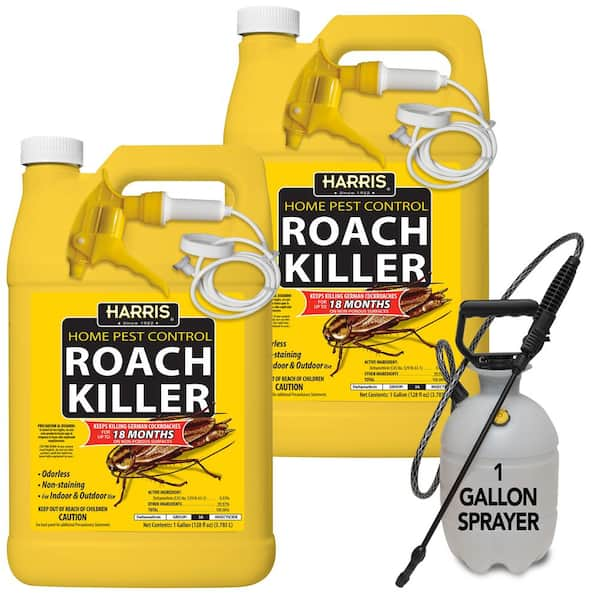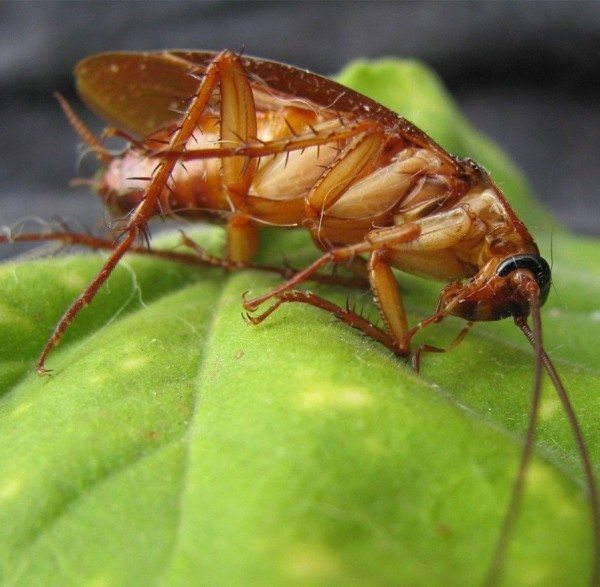Why Deciding On Resident Roach Control Near Me Is the Smart Option
Why Deciding On Resident Roach Control Near Me Is the Smart Option
Blog Article
Discovering Different Bug Control Approaches to Attain Long-Term Success in Taking Care Of and Preventing Invasions in Residential Areas
Reliable pest control in suburbs requires a diverse method that balances immediate outcomes with long-lasting sustainability. By analyzing a series of methodologiesâEUR" consisting of green options, chemical choices, and Integrated Insect Management (IPM) âEUR" homeowners can develop methods that not just address current infestations but additionally stop future events. This expedition exposes the potential of ingenious techniques and emerging modern technologies that may redefine typical insect monitoring. What might these developments entail, and just how can they transform our understanding of pest control?
Recognizing Parasite Control Methods
Although pests have existed together with human beings for centuries, the techniques employed to regulate them have progressed dramatically over time. Understanding these approaches is critical for efficiently taking care of and stopping invasions in suburbs. Insect control techniques can be generally classified into three main methods: social, mechanical, and chemical.
Social methods concentrate on altering the atmosphere to reduce insect destination and breeding. Mechanical control involves physical obstacles and catches to manage pests directly, such as screens, vacuums, and sticky traps.
Chemical control remains among one of the most commonly used techniques, involving the application of pesticides to get rid of parasites. While effective, this method necessitates mindful factor to consider of safety and security, prospective resistance development, and ecological influence. Integrated Bug Management (IPM) incorporates these methods to create an all natural approach, advertising long-term bug prevention and minimal harm to helpful microorganisms. By recognizing these numerous pest control approaches, home owners can make enlightened choices that advertise reliable administration and preservation of their living areas.
Eco-Friendly Pest Control Solutions
Just how can homeowners effectively manage parasite issues while minimizing their ecological influence? Green insect control services offer a sustainable option to standard approaches, focusing on the wellness of both homeowners and the bordering ecological community. These options often make use of all-natural components and methods that interrupt bug actions without introducing hazardous chemicals into the environment.
One reliable approach is making use of valuable insects, such as ladybugs and lacewings, which victimize usual pests like aphids and mites. Additionally, diatomaceous earth, an all-natural powder made from fossilized algae, can be sprinkled in locations where parasites prevail, acting as a desiccant that hurts pests while remaining safe for people and pet dogs.
Furthermore, applying safety nets is important. roach control near me. Homeowners can ensure proper hygiene by securing access points, maintaining tidy home, and handling waste efficiently. Growing pest-repellent natural herbs, such as mint and basil, can also discourage undesirable site visitors
Eventually, environmentally friendly parasite control remedies equip homeowners to deal with invasions sensibly, cultivating a much safer living setting while advertising eco-friendly balance. By accepting these techniques, individuals can add to a healthier planet while effectively handling pest-related issues.
Chemical Bug Control Options
While green solutions are progressively popular, there are circumstances where chemical insect control options may be required for efficient have a peek at this website administration of extreme problems. Chemical controls, consisting of pesticides, fungicides, and herbicides, are usually made use of to rapidly reduce insect populations and alleviate damages to homes and gardens.
These items can be identified into two main classifications: artificial chemicals and natural chemicals. Artificial chemicals, such as pyrethroids and neonicotinoids, are crafted to target particular pests, offering quick knockdown effects. Alternatively, all-natural chemicals, stemmed from plant or mineral sources, may offer an extra eco pleasant option while still supplying effective results.
Before utilizing chemical bug control, it is crucial to carry out a detailed assessment of the infestation and recognize the specific parasite included. This ensures that the selected chemical is both reliable and ideal. Furthermore, homeowners have to follow safety guidelines, consisting of proper application strategies and personal safety equipment, to minimize wellness risks and ecological impact.
Integrated Bug Administration Strategies

Biological control includes the use of natural predators or parasites to take care of insect populations. Physical controls, like traps or obstacles, can protect against bugs from getting in homes or harmful crops.
Surveillance and evaluation are important parts of IPM, allowing for timely interventions based upon pest populace limits. By prioritizing safety nets and making use of a combination of techniques, IPM not just addresses current infestations however likewise cultivates long-term insect administration solutions that secure both human health and the atmosphere. This extensive technique is necessary for lasting parasite control in suburbs.
Arising Technologies in Pest Control
The arrival of emerging innovations in bug control is revolutionizing the way we manage pest populations, providing ingenious options that boost performance and effectiveness. Developments in accuracy farming, for example, utilize information analytics and sensor technologies to keep track of bug activity and ecological problems, permitting targeted treatments that minimize chemical usage.
Furthermore, drones outfitted with imaging technology are moved here being used to survey big areas for invasions, giving real-time data that help in timely decision-making. Moreover, biotechnology is playing a critical function, with the growth of genetically customized organisms (GMOs) designed to lower bug populations while maintaining valuable types.

Last but not least, smart catches and keeping track of tools furnished with IoT capacities allow property owners and parasite control specialists to receive instantaneous notifies about bug task, helping with timely activity. Collectively, these emerging modern technologies not only enhance pest monitoring end results yet also add to ecological sustainability by decreasing dependence on conventional chemical treatments.

Conclusion
Finally, reliable insect control requires a multifaceted approach that incorporates cultural, mechanical, and chemical strategies. Emphasizing environment-friendly services and Integrated Bug Monitoring can result in lasting methods that not just alleviate problems but also improve the eco-friendly equilibrium within houses. By accepting ingenious modern technologies and adopting precautionary procedures, property owners can cultivate healthier atmospheres while lessening dependence on dangerous chemicals. The combination of these approaches is crucial for accomplishing long-lasting success in parasite monitoring.
Report this page